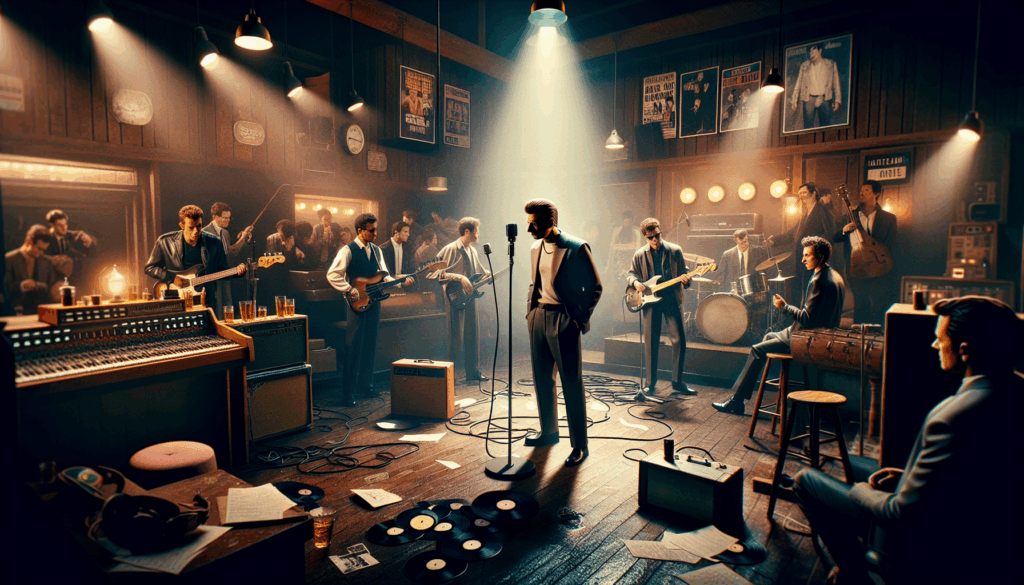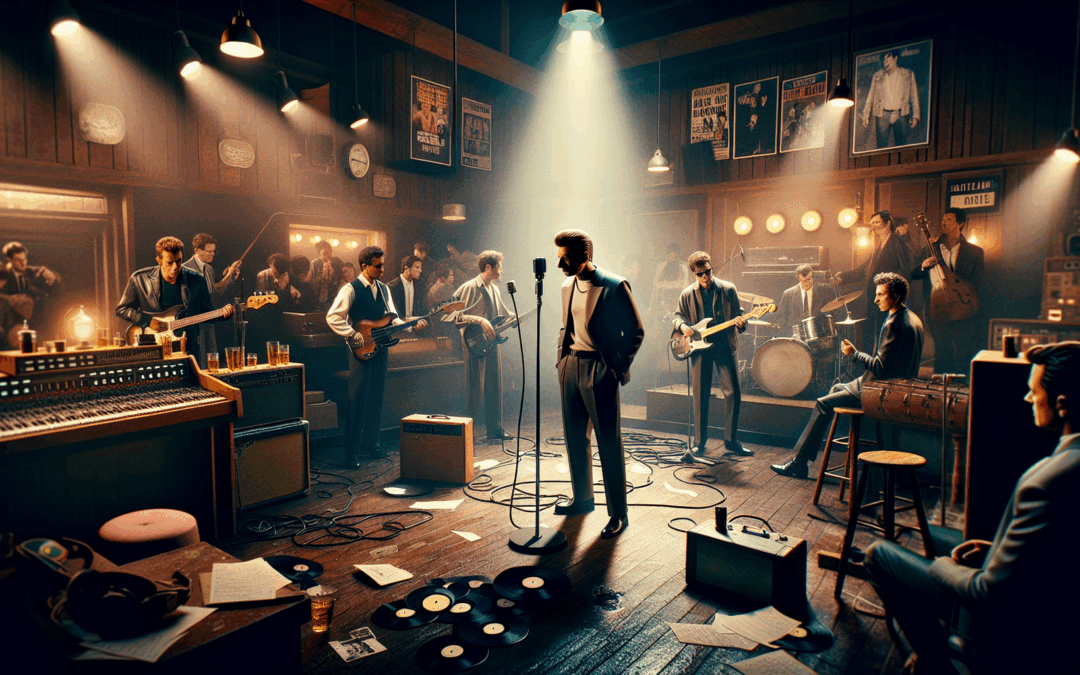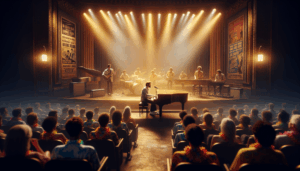Duran Duran Liberty: A Turning Point in 90s Music
In the vibrant landscape of 90s music, few bands left a mark quite like Duran Duran. While their 1980s hits defined a generation, their transition into the next decade with the Liberty album was fraught with challenges and a shift in sound. This pivotal moment illustrated not only the band’s struggles but also the broader changes within the music industry itself.
Reflections on a Decade of Success
Duran Duran burst onto the scene with their self-titled debut in 1981, rapidly securing their place in the pantheon of New Wave. Their following albums, including the iconic Rio and Seven and the Ragged Tiger, showcased their knack for catchy hooks and synth-pop innovation, propelling them to international stardom. However, the late 1980s brought to light the band lineup changes that would soon define the trajectory of their music.
As exhaustion set in after years of relentless touring and recording, significant players like guitarist Andy Taylor and drummer Roger Taylor exited. Their departure led to a diminishing band dynamic and a struggling sense of identity. Nevertheless, Duran Duran adopted new members Warren Cuccurullo and Sterling Campbell, which sparked optimism for the release of the Liberty album.
Creative Challenges Underneath Optimism
Upon its release on August 20, 1990, Liberty was met with mixed reactions from both fans and critics. While the band felt a renewed energy during the songwriting process, the final product failed to resonate as they had hoped. The mix of styles and influences proved difficult to harness into a cohesive sound. Music critic reviews commonly cited the album as a “mediocre effort,” a stark contrast to their earlier successes.
The Mixed Reception and Its Aftermath
Critics were not alone in their disappointment; fans too felt a shift in Duran Duran‘s essence. The album peaked at a disheartening No. 46 on the charts, marking a significant low for the band. The only single to chart, “Violence of Summer (Love’s Taking Over),” barely made a dent, reaching No. 64. Such numbers highlighted a growing disconnect not only from fans but also from the changing cultural landscape dictated by the rising tide of socially conscious rock artists.
Reflecting on the time, John Taylor noted that the success of initiatives like Live Aid left little room for bands like Duran Duran, who were perceived as relics of the 80s decadence.
Lessons from Liberty
While Liberty is often viewed as a low point in the band’s career, the members themselves acknowledge its significance in their overall narrative. The album served as a transitional piece, marking the end of one chapter and the beginning of another. In hindsight, Simon Le Bon expressed fondness for this period, recognizing its importance in shaping their later successes.
Ultimately, it was after regrouping and creating new music that Duran Duran found their way back into the spotlight with their self-titled album in 1993, commonly referred to as The Wedding Album. This resurgence included hit singles like “Ordinary World,” proving that even in creative downturns, artists can evolve and reinvent themselves.
Conclusion: Embracing the Past
The Duran Duran Liberty era highlights the struggles many artists face during music transition periods. The lessons learned and the challenges overcome remind us that every artist experiences highs and lows. For Duran Duran, it was an important stepping stone that ultimately led them back to their former glory.
Related Reading
- Duran Duran
- Liberty
- 1980s
- 1990s
- New Wave
- music history
- album review
- pop music
- band dynamics
- musical transition






